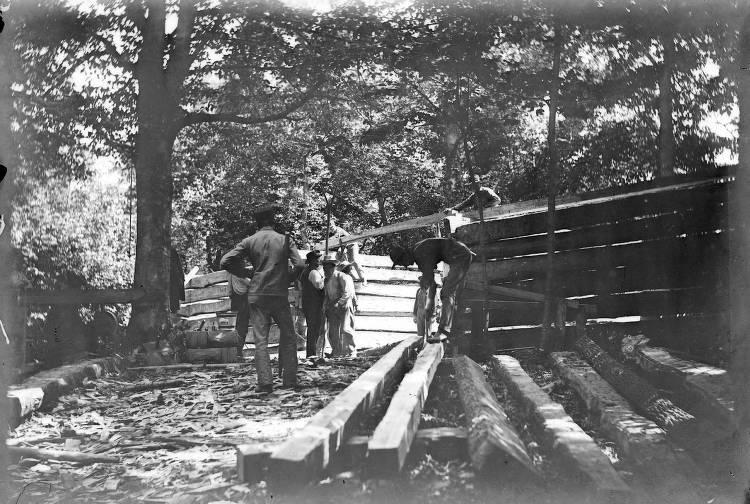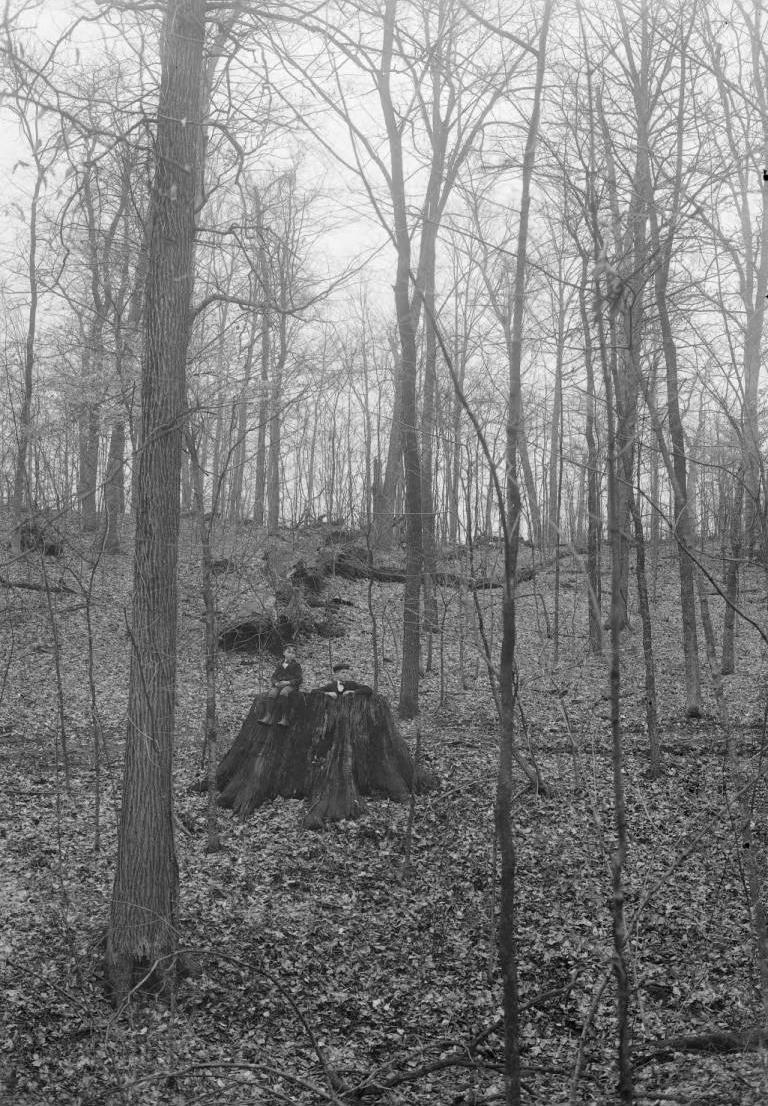Woollen’s Garden of Birds and Botany, its formal name, is a 55-acre city park that includes a 38-acre state-dedicated nature preserve. Located on the south valley wall of , the tract was donated to the city by William Watson Woollen in 1909.

Woollen’s Garden contains mesic (habitat with a moderate or well-balanced supply of moisture) to wet-mesic upland (places where water meets land), old-growth and second-growth forest dominated by beech, sugar maple, hackberry, red oak, chinquapin oak, black maple, buckeye, tulip, and blue ash. This uncommon mixture is due to calcareous gravelly soils (rich in calcium carbonate), resulting in a forest with floodplain affinities.
The canopy trees are up to 40 inches in diameter. Ground-level plants and spring wildflowers include anemones, trilliums, wild ginger, hepatica, Solomon’s Seal, Christmas fern, celandine poppy, and Dutchman’s Breeches.

A contiguous tract on the northside of Fall Creek (a part of the Fall Creek Corridor Park) consists of an old field, a floodplain forest, and a wetland slough (swamp or shallow lake). This area has a mixture of sycamores and pin oaks on the north blending into a beech-maple mixture to the south toward Fall Creek.
To the north of Woollen’s Garden and Fall Creek is Skiles Test Nature Park, an 80-acre mixture of old fields and woodlands given to the city in 1981 as a nature study center. The wooded areas along the north valley wall of Fall Creek are similar in composition to Woollen’s Garden but are more disturbed. These tracts form a unique contiguous natural area including both wooded valley walls and the mostly wooded floodplain.

Help improve this entry
Contribute information, offer corrections, suggest images.
You can also recommend new entries related to this topic.